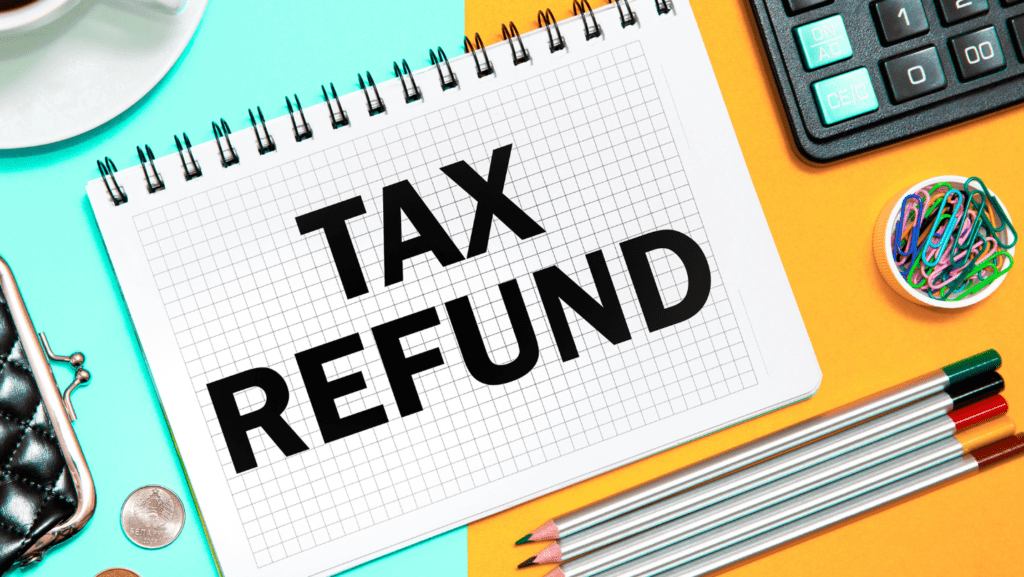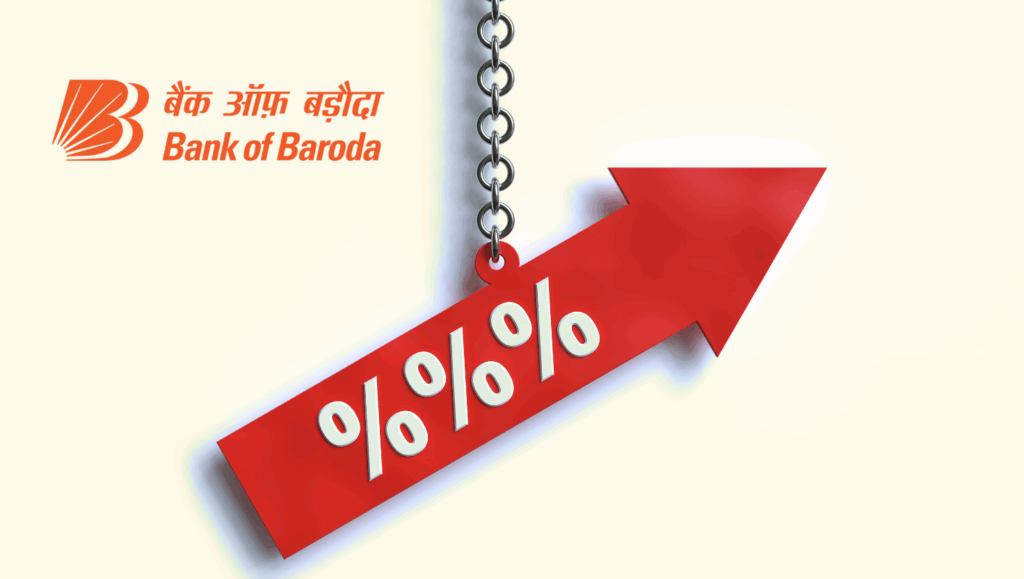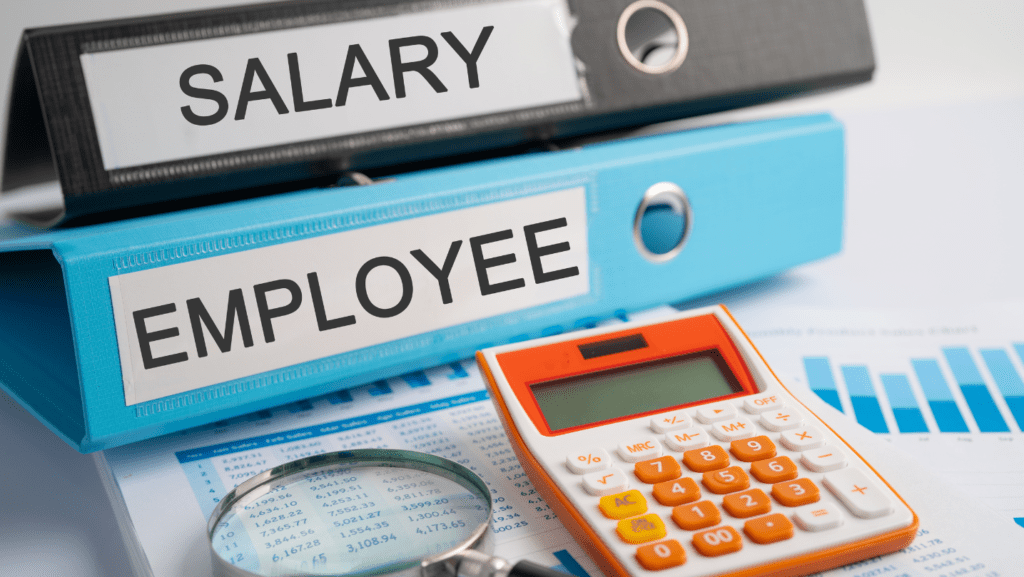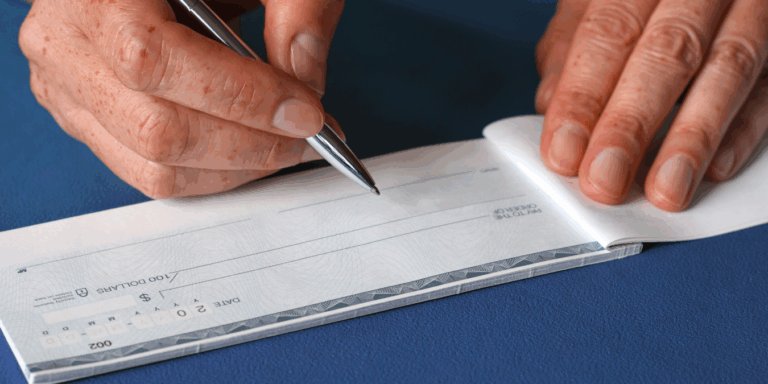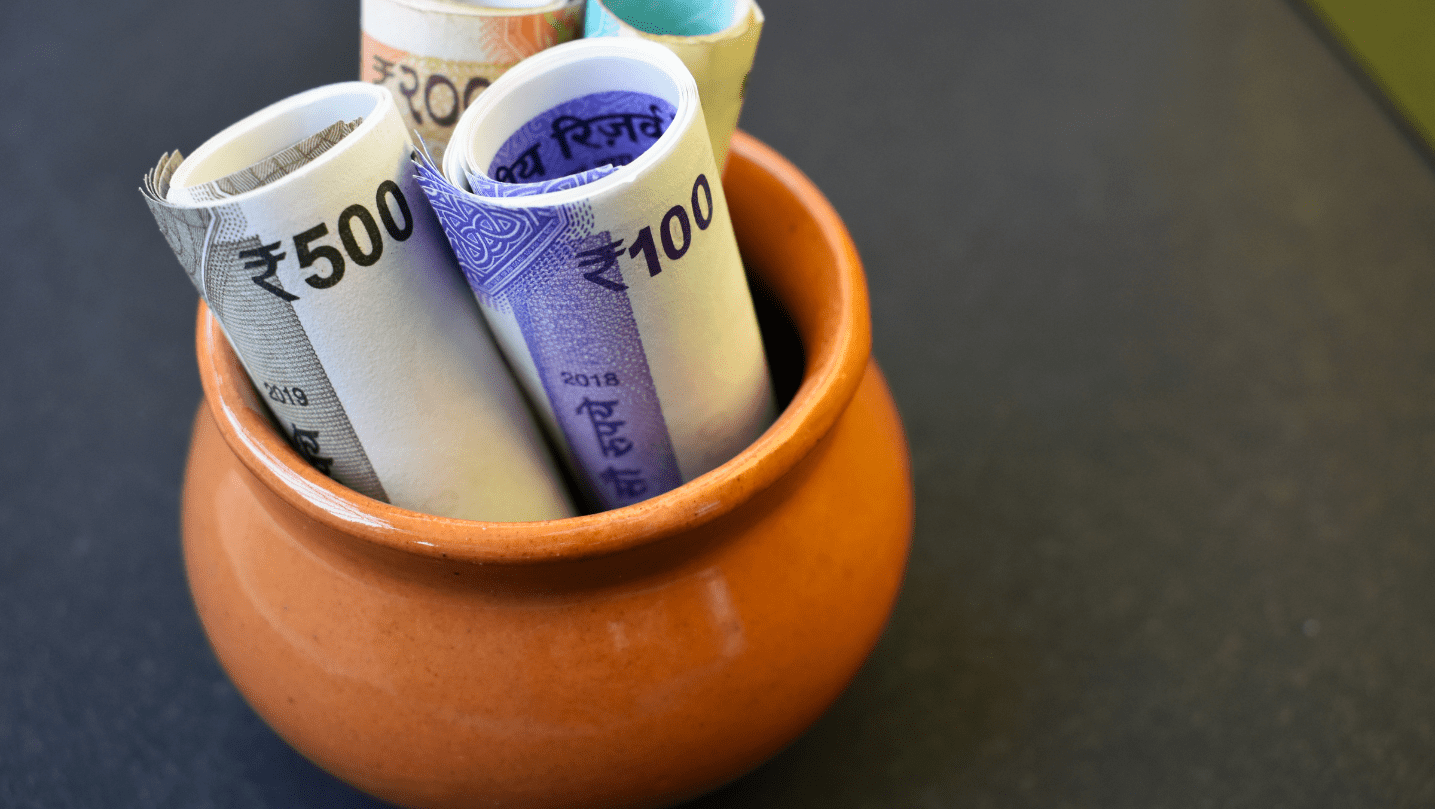
“How 145% tariffs affect consumers, driving up prices and limiting choices. Learn who truly bears the cost of these trade policies and their broader economic impact. Essential reading for understanding the hidden consequences of high tariffs on everyday spending and market competition.”
In April 2025, the global trade landscape faced a seismic shift with the announcement of a staggering 145% tariff on Chinese imports to the United States, coupled with reciprocal tariffs affecting nations like India. This bold policy, part of a broader trade recalibration, has sparked heated debates about its implications. While proponents argue it protects domestic industries, critics warn that consumers—both in the U.S. and globally—will bear the brunt. In this blog post, we explore the real impact of these tariffs on consumers, with a focus on India’s perspective, backed by the latest data and insights.
Understanding Tariffs: A Quick Primer
A tariff is a tax imposed on imported goods, paid by the importing company but often passed on to consumers through higher prices. The 145% tariff on Chinese goods, announced on April 2, 2025, builds on a 20% baseline tariff, creating a cumulative levy that drastically raises the cost of imports. Alongside this, India faces a 27% reciprocal tariff on its exports to the U.S., affecting sectors like gems, jewelry, IT, and pharmaceuticals. These measures aim to address trade imbalances but come with ripple effects that hit consumers hardest.
The Immediate Impact on Consumer Prices
Economists widely agree that tariffs increase the cost of goods, and the 145% levy is no exception. According to the Yale Budget Lab, the tariffs could raise U.S. consumer prices by 2.9% in the short term, translating to an average loss of $4,700 per household in purchasing power. For Indian consumers, the impact is indirect but significant. As India’s exports face higher costs in the U.S., businesses may pass on losses to domestic markets, raising prices for goods like electronics and apparel.
For instance, clothing and textiles, heavily imported from China, could see U.S. apparel prices surge by 64% initially, settling at 26% higher long-term. In India, where 26% tariffs hit exports like basmati rice, consumers may face higher domestic prices as exporters pivot to local markets to offset losses. The USDA notes that imported rice varieties like jasmine and basmati will become pricier in the U.S., impacting Indian-American households and restaurants.
India’s Export Sectors Under Pressure
India’s economy, while driven by domestic consumption, relies on exports to the U.S., which account for $66 billion annually. The 27% tariff threatens key sectors:
- Gems and Jewelry: The Gem and Jewellery Export Promotion Council (GJEPC) warns that the tariff could cripple India’s $40 billion industry, with the U.S. being a major market. Higher costs may reduce demand, forcing exporters to raise domestic prices.
- IT Services: The U.S. has signaled potential tariffs on IT services, a $100 billion sector for India. Companies like TCS and Infosys may face squeezed margins, potentially hiking service costs for Indian clients.
- Pharmaceuticals: While currently exempt, any future tariff expansion could disrupt India’s $25 billion pharma exports, raising drug prices globally.
These pressures could lead to job losses in cities like Surat (diamond polishing) and Bengaluru (IT hubs), indirectly affecting consumer spending power in India.
The Ripple Effect on Global Supply Chains
The 145% tariff disrupts global supply chains, as businesses scramble to find alternatives to Chinese imports. India, seen as a potential beneficiary, faces challenges in scaling up production quickly. For example, Apple’s shift to India for iPhone manufacturing is promising, but supply chain bottlenecks mean higher costs for consumers in the interim. A $155 running shoe made in Vietnam could jump to $220, per Reuters, illustrating the pass-through effect.
In India, reliance on Chinese components for electronics (70% of smartphone parts) means tariff-induced disruptions could delay production and inflate prices. The Indian Retailer notes that while industry leaders see opportunities to diversify, short-term costs will likely hit consumers first.
Inflation and Economic Growth Concerns
The tariffs come at a delicate time for India’s economy, projected to grow at 6.4% in FY25, its slowest in four years. Anubhuti Sahay from Standard Chartered Bank estimates a 35-40 basis point hit to India’s GDP growth due to reduced U.S. demand. Morgan Stanley predicts a broader 30-60 basis point impact, citing weaker corporate confidence and delayed investments.
For Indian consumers, inflation is a looming threat. February 2025 saw inflation at 3.62%, but tariff-related supply shocks could push it higher. Food prices, already easing to 3.75%, may rise if agricultural exports face retaliatory tariffs. Essentials like groceries and fuel, which 55% of U.S. consumers worry about, per Numerator, are also a concern for Indian households as global trade tensions mount.
Consumer Behavior Shifts
Tariffs alter how consumers shop. In the U.S., 76% of shoppers plan to adjust habits, with 41% seeking sales or coupons and 30% avoiding imported goods. Indian consumers, though less directly affected, may follow suit. As brand loyalty wanes, per Mikmak, Indian retailers could see demand for budget-friendly local brands rise. However, essentials like milk and bread, deemed price-sensitive, may force retailers to absorb costs, squeezing margins.
The Good Bug, an Indian gut health brand, highlights the need for consumer education amid rising costs. “We’re not just selling products; we’re changing how people perceive health,” says its founder, emphasizing resilience through innovation—a strategy Indian businesses may need to adopt.
Strategies for Businesses and Consumers
For Businesses
- Diversify Supply Chains: Indian firms should explore sourcing from Vietnam or Indonesia to mitigate tariff risks, as suggested by Trump’s trade advisors.
- Leverage Data: Retailers can use AI to analyze demand elasticity, per Impact Analytics, to decide where to pass on costs or absorb them.
- Invest in Branding: Consistent marketing, as seen with P&G during COVID-19, can maintain market share despite price hikes.
For Consumers
- Shop Smart: Look for domestic alternatives to imported goods, which may be cheaper post-tariffs.
- Budget Wisely: Prioritize essentials and use loyalty programs to offset price increases.
- Stay Informed: Monitor trade negotiations, as a potential India-U.S. trade deal could ease tariff burdens by fall 2025.
The Role of Bilateral Trade Agreements
India is pushing for a Bilateral Trade Agreement with the U.S. to counter the 27% tariff. Reuters reports that India may cut tariffs on $23 billion of U.S. imports, covering 55% of goods, to secure relief. Foreign Minister S. Jaishankar emphasized the urgency of this deal, which could stabilize prices for Indian consumers by ensuring export competitiveness. However, negotiations face hurdles, as India protects sensitive sectors like agriculture and dairy.
Long-Term Implications
The Yale Budget Lab forecasts a persistent 0.6% reduction in U.S. GDP, equivalent to $170 billion annually, with 740,000 fewer jobs by 2025’s end. India’s economy, though less exposed, could see a $100 billion long-term hit if global trade slows. Consumers worldwide face a new reality of higher prices and limited choices, with low-income households hit hardest due to tariffs’ regressive nature, per the Tax Foundation.
In India, the focus on domestic consumption (60% of GDP) offers some buffer, but a prolonged trade war could dampen growth. Oxford Economics suggests reforms in employment and skilling are needed to sustain momentum, lessons India may heed as tariffs reshape markets.
An Interesting Fact
Did you know that India’s diamond sector, centered in Surat, employs over 1 million workers and accounts for 14% of global diamond exports? The 27% U.S. tariff could disrupt this vibrant industry, yet it’s also sparking innovation, with firms exploring lab-grown diamonds to cut costs—an unexpected silver lining in a tariff-heavy world.
The Cost of Tariffs
The 145% tariffs on Chinese imports and reciprocal levies on India signal a turbulent era for global trade. While aimed at protecting domestic industries, the real price is paid by consumers through higher costs, reduced choices, and economic uncertainty. In India, sectors like gems, IT, and pharmaceuticals face challenges, but opportunities to diversify and innovate abound. By staying informed and strategic, businesses and consumers can navigate this storm. The proposed India-U.S. trade deal offers hope, but until then, the cost of tariffs will weigh heavily on wallets worldwide.
-
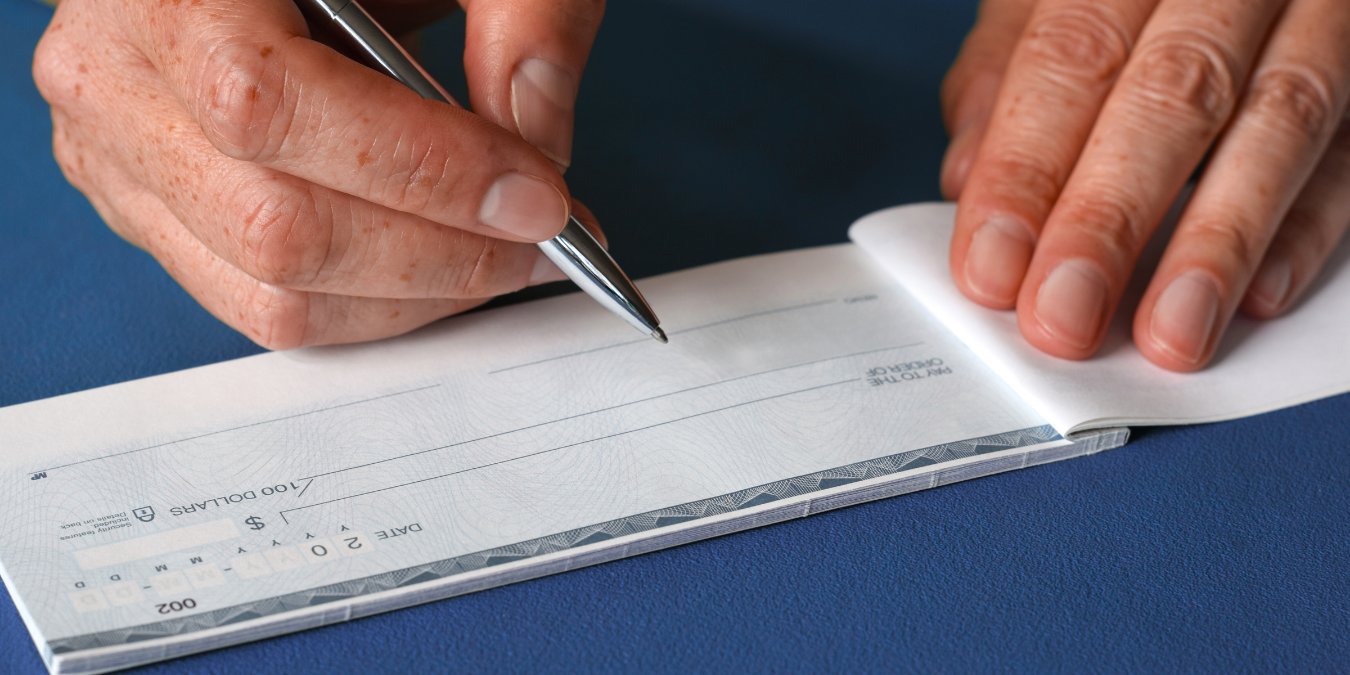
What if a single bounced cheque could cost you double the amount—and land you behind bars?
-

Is Your Payslip a Ticking Time Bomb? The 10 “Silent” Red Flags That Will Trigger an AI Tax Audit in 2025
-
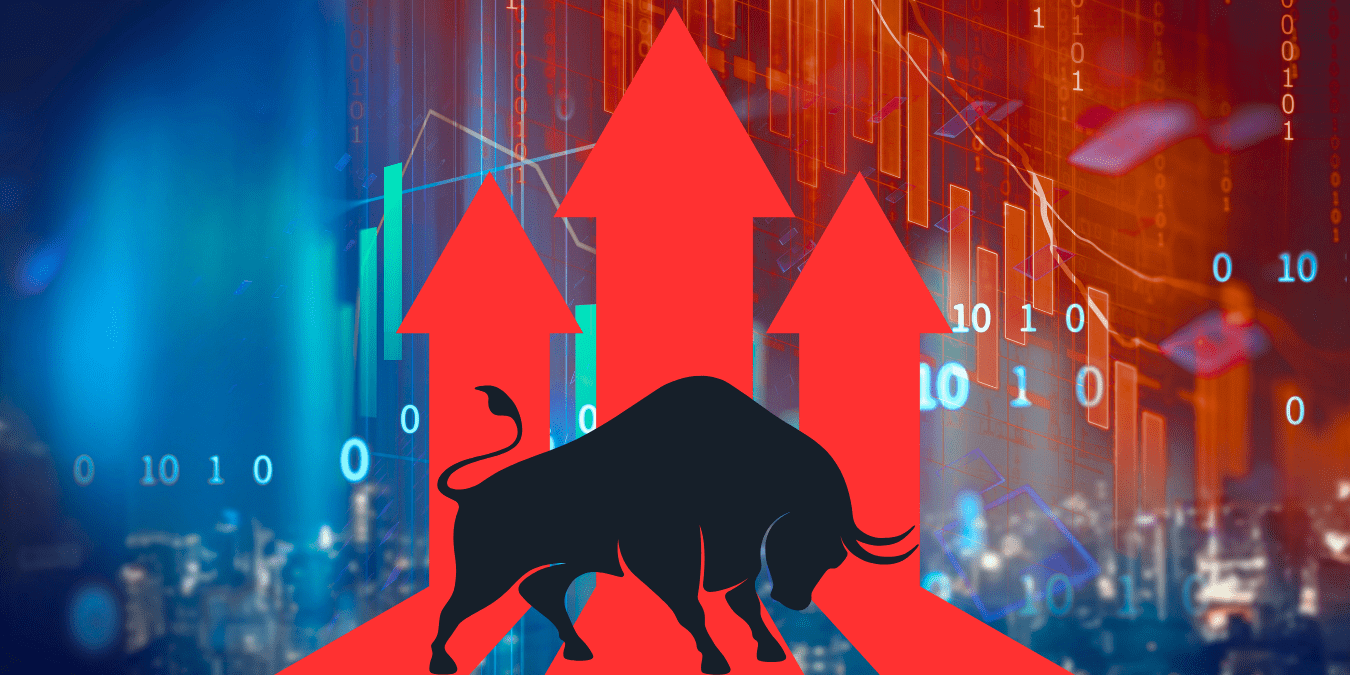
Market Alert: Is the Bull Run Back? Indian Stock Market Trends & Strategy for Tuesday, 02-12-2025




